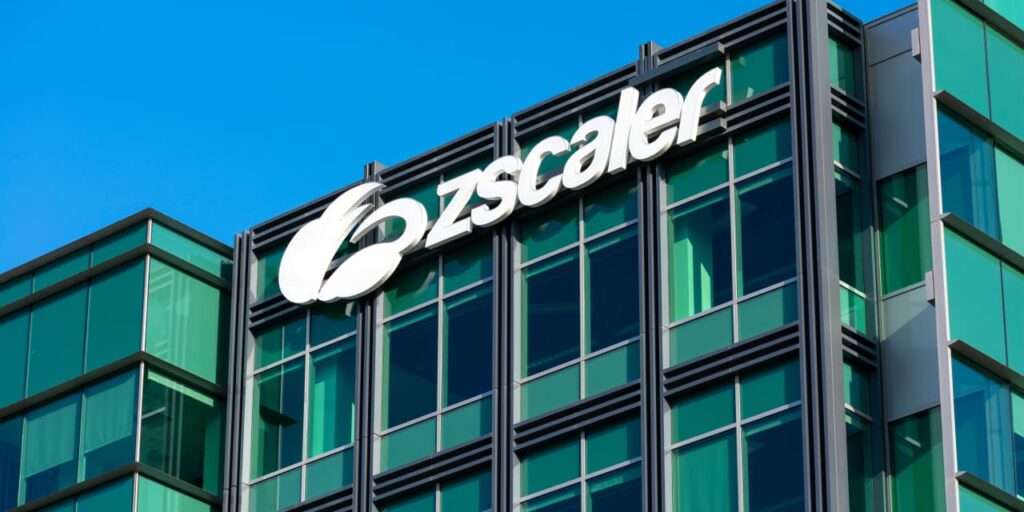Zscaler
posted better-than-expected financial results and raised its full-year guidance, but the security-software stock lost ground nevertheless on hints that management intends to boost spending.
For its fiscal first quarter, ended Oct. 31, Zscaler reported revenue of $496.7 million, up 40% from a year ago, and well ahead of the $470 million to $472 million it had told investors to expect. The consensus call among analysts tracked by FactSet was $473 million.
Adjusted profits were 67 cents a share, likewise above Zscaler’s forecast of 48 to 49 cents, and the consensus forecast of 49 cents. Under generally accepted accounting principles, the company lost $33.5 million in the quarter. Billings rose 34% to $456.6 million, ahead of the Street consensus estimate of $441 million.
CEO Jay Chaudhry said in a statement that to meet growing demand, Zscaler is “scaling our go-to-market and R&D organizations, strengthening our foundation for the long-term growth of our business.” That implies higher costs, and could explain the market’s tepid reaction to the otherwise strong results.
The company announced two additions to its management team. Mike Rich, previously president of the Americas for
ServiceNow,
was hired as chief revenue officer. Joyce Kim, who has been chief marketing officer at
Twilio,
will take the same role at Zscaler.
In premarket trading Tuesday, Zscaler shares were 5.2% lower at $181.95.
For the January quarter, Zscaler sees revenue of between $505 million and $507 million, with adjusted profits of 57 to 58 cents a share. The consensus on Wall Street had been for $496 million of revenue and adjusted per-share earnings of 52 cents.
For the July 2024 fiscal year, Zscaler now sees revenue of between $2.09 billion and $2.10 billion, with adjusted profits of between $2.45 and $2.48 a share. That is up from its previous forecast of revenue between $2.05 billion and $2.065 billion and adjusted profits of $2.20 to $2.25 a share. The company maintained its previous forecast that billings will be between $2.52 billion and $2.56 billion.
Note that the full-year guidance reflects the surprisingly strong October quarter result and the better-than-expected outlook for the January quarter outlook, which implies no change to the outlook for the second half of fiscal 2024.
Write to Eric J. Savitz at eric.savitz@barrons.com
Read the full article here

